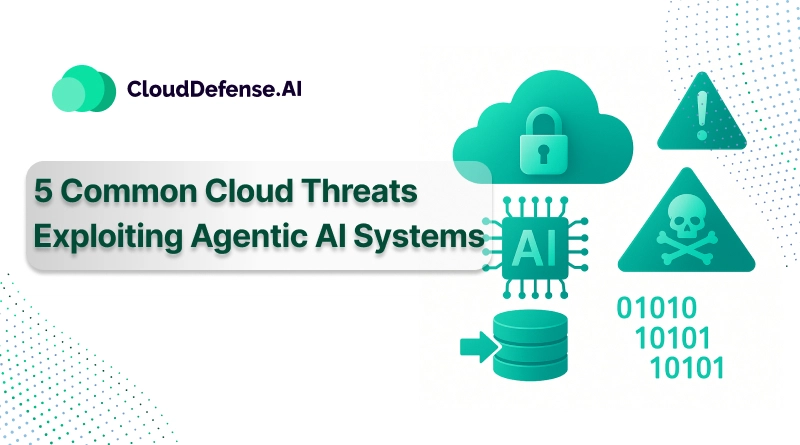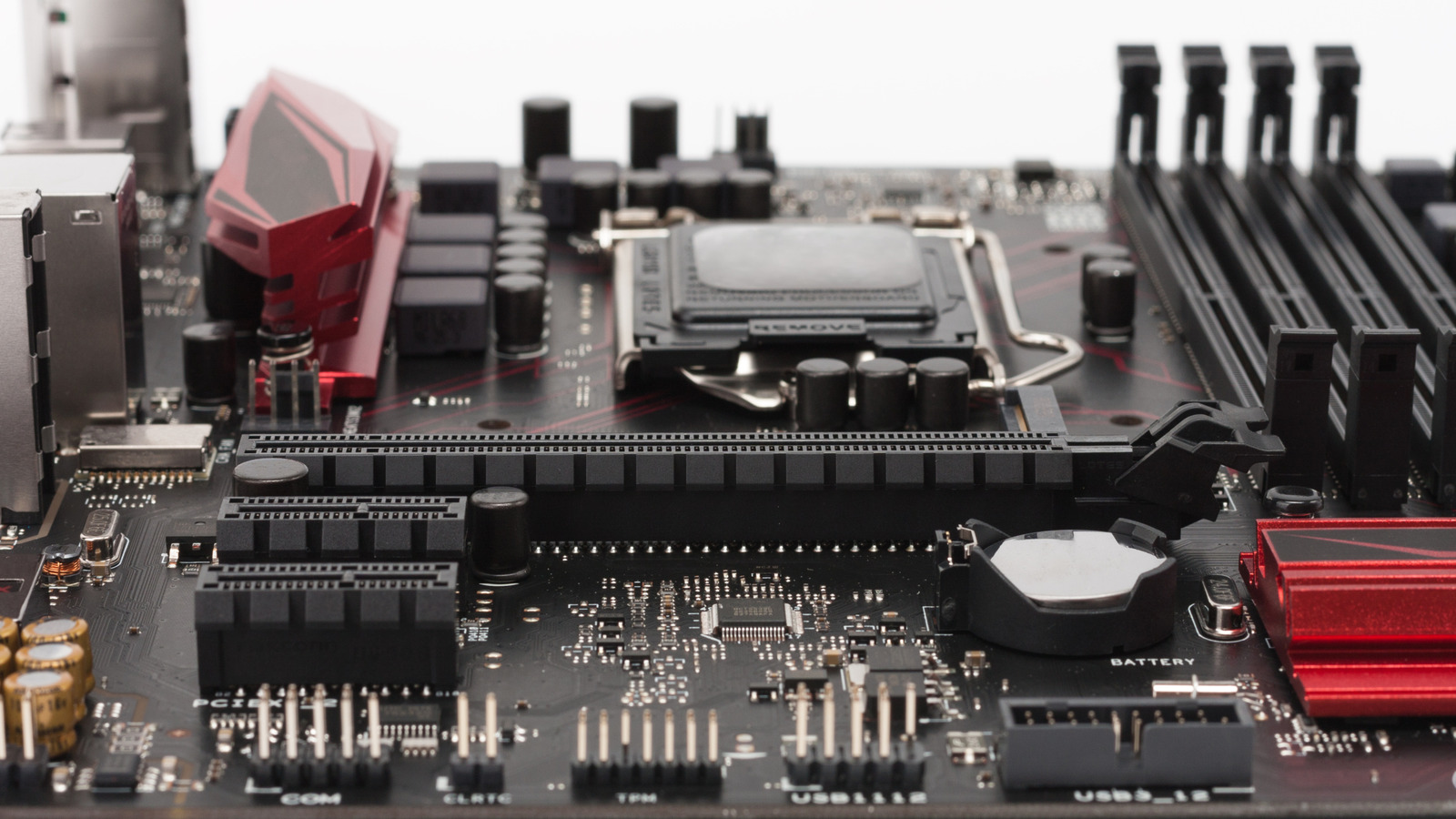5 Common Cloud Threats Exploiting Agentic AI Systems
As Agentic AI systems continue to revolutionize cloud operations with their autonomous decision-making and adaptive intelligence, organizations are rapidly embracing them to boost productivity, enhance risk management, and streamline complex tasks. However, this rapid adoption is not without consequence—Agentic AI’s dynamic nature opens new vectors for cyber threats. Before integrating this advanced technology into your cloud environment, it’s critical to understand the associated security risks and how adversaries are targeting these intelligent systems. Why Agentic AI Is Reshaping the Cloud Landscape Unlike conventional AI models, Agentic AI operates with high autonomy—learning in real-time, making decisions, and executing tasks without human intervention. This translates to: Smarter automation across infrastructure and operations Data-driven decisions with contextual insights from LLMs Responsive cloud strategies that adapt to market shifts Proactive threat detection through self-monitoring behaviors Cost-efficient resource allocation guided by predictive analysis These benefits, while significant, also expose the system to unique forms of cyber exploitation. Key Cloud Threats Exploiting Agentic AI Compromised Data Inputs Agentic AI systems rely on continuous input from external sources like public APIs and cloud datasets. When attackers inject corrupted or misleading data into these feeds, it can distort the AI's decision-making, leading to faulty outputs or security oversights. Prompt-Based Manipulation Through cleverly crafted prompts or commands, attackers can alter an AI agent’s behavior. This “prompt injection” allows them to hijack the AI’s goal, making it perform unintended or harmful tasks—without triggering obvious red flags. Privilege Abuse & Identity Misuse Once inside the cloud ecosystem, attackers may exploit access controls or misconfigurations to gain unauthorized control over Agentic AI. From privilege escalation to impersonation, the goal is to manipulate the AI into performing malicious actions or granting deeper access. Inter-Agent Exploitation In setups with multiple interconnected agents, attackers can exploit trust dependencies. By influencing lower-tier agents, they may escalate privileges or redirect requests to higher-tier agents, leading to coordinated breaches. Insecure Output Handling Improper sanitization of AI-generated outputs can result in unintended data exposure or backend compromise. Attackers may use this flaw to retrieve sensitive internal data or spread misinformation across systems. Strengthening Your Cloud Posture To defend against these threats: Enforce strict role-based access controls (RBAC) Monitor and validate agent objectives and outputs Authenticate and sanitize all incoming and outgoing data Encrypt agent-to-agent communication with zero-trust policies Continuously audit resource usage and dependencies Final Thoughts Agentic AI holds immense potential—but without a strong security framework, it can also become a liability. Organizations must proactively assess these risks and implement layered defenses to ensure their AI systems are working for them, not against them.


As Agentic AI systems continue to revolutionize cloud operations with their autonomous decision-making and adaptive intelligence, organizations are rapidly embracing them to boost productivity, enhance risk management, and streamline complex tasks. However, this rapid adoption is not without consequence—Agentic AI’s dynamic nature opens new vectors for cyber threats.
Before integrating this advanced technology into your cloud environment, it’s critical to understand the associated security risks and how adversaries are targeting these intelligent systems.
Why Agentic AI Is Reshaping the Cloud Landscape
Unlike conventional AI models, Agentic AI operates with high autonomy—learning in real-time, making decisions, and executing tasks without human intervention. This translates to:
- Smarter automation across infrastructure and operations
- Data-driven decisions with contextual insights from LLMs
- Responsive cloud strategies that adapt to market shifts
- Proactive threat detection through self-monitoring behaviors
- Cost-efficient resource allocation guided by predictive analysis
These benefits, while significant, also expose the system to unique forms of cyber exploitation.
Key Cloud Threats Exploiting Agentic AI
Compromised Data Inputs
Agentic AI systems rely on continuous input from external sources like public APIs and cloud datasets. When attackers inject corrupted or misleading data into these feeds, it can distort the AI's decision-making, leading to faulty outputs or security oversights.
Prompt-Based Manipulation
Through cleverly crafted prompts or commands, attackers can alter an AI agent’s behavior. This “prompt injection” allows them to hijack the AI’s goal, making it perform unintended or harmful tasks—without triggering obvious red flags.
Privilege Abuse & Identity Misuse
Once inside the cloud ecosystem, attackers may exploit access controls or misconfigurations to gain unauthorized control over Agentic AI. From privilege escalation to impersonation, the goal is to manipulate the AI into performing malicious actions or granting deeper access.
Inter-Agent Exploitation
In setups with multiple interconnected agents, attackers can exploit trust dependencies. By influencing lower-tier agents, they may escalate privileges or redirect requests to higher-tier agents, leading to coordinated breaches.
Insecure Output Handling
Improper sanitization of AI-generated outputs can result in unintended data exposure or backend compromise. Attackers may use this flaw to retrieve sensitive internal data or spread misinformation across systems.
Strengthening Your Cloud Posture
To defend against these threats:
- Enforce strict role-based access controls (RBAC)
- Monitor and validate agent objectives and outputs
- Authenticate and sanitize all incoming and outgoing data
- Encrypt agent-to-agent communication with zero-trust policies
- Continuously audit resource usage and dependencies
Final Thoughts
Agentic AI holds immense potential—but without a strong security framework, it can also become a liability. Organizations must proactively assess these risks and implement layered defenses to ensure their AI systems are working for them, not against them.








































































































































































![[The AI Show Episode 146]: Rise of “AI-First” Companies, AI Job Disruption, GPT-4o Update Gets Rolled Back, How Big Consulting Firms Use AI, and Meta AI App](https://www.marketingaiinstitute.com/hubfs/ep%20146%20cover.png)


























































































































![[DEALS] The Premium Python Programming PCEP Certification Prep Bundle (67% off) & Other Deals Up To 98% Off – Offers End Soon!](https://www.javacodegeeks.com/wp-content/uploads/2012/12/jcg-logo.jpg)














































































































-Mafia-The-Old-Country---The-Initiation-Trailer-00-00-54.png?width=1920&height=1920&fit=bounds&quality=70&format=jpg&auto=webp#)
-Nintendo-Switch-2---Reveal-Trailer-00-01-52.png?width=1920&height=1920&fit=bounds&quality=70&format=jpg&auto=webp#)























_Sergey_Tarasov_Alamy.jpg?width=1280&auto=webp&quality=80&disable=upscale#)





























































































![Instacart’s new Fizz alcohol delivery app is aimed at Gen Z [U]](https://i0.wp.com/9to5mac.com/wp-content/uploads/sites/6/2025/05/Instacarts-new-Fizz-alcohol-delivery-app-is-aimed-at-Gen-Z.jpg?resize=1200%2C628&quality=82&strip=all&ssl=1)




















![Beats Studio Pro Wireless Headphones Now Just $169.95 - Save 51%! [Deal]](https://www.iclarified.com/images/news/97258/97258/97258-640.jpg)































































































